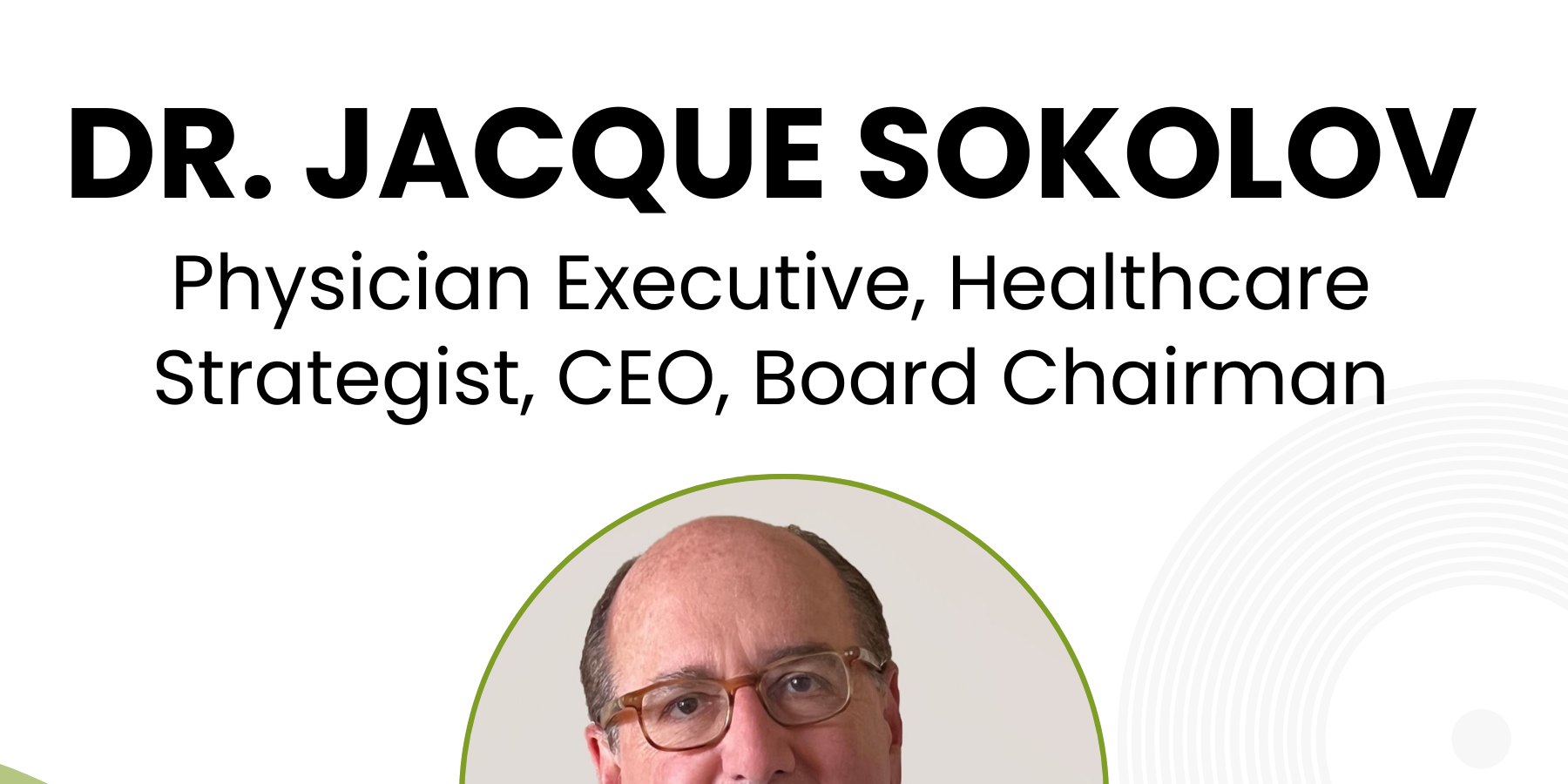The Dual Impact of Technology on Healthcare Spending

Managing costs has become increasingly critical in today’s healthcare environment, especially with the pressures of inflation, rising drug prices, and significant technology investments. These factors are driving U.S. healthcare spending to new heights, with federal data projecting a 7.5% increase in 2023, bringing the total to $4.8 trillion. This growth, outpacing the projected GDP increase of 6.1%, underscores the urgent need for innovative cost management strategies to address both current and future challenges.
This Forbes article explores the dual role of technology as both an inflator and deflator of healthcare costs.
Technology as an Inflator of Healthcare Costs
While investments in technology contribute to rising costs, they are essential for advancing medical care and improving patient outcomes. Cutting-edge treatments like gene therapies and robotic surgeries, though expensive, are necessary for bringing groundbreaking solutions to the market. The high costs associated with research, development, and clinical trials are justified by the potential to address unmet medical needs, particularly in rare or complex conditions. Additionally, investments in advanced medical equipment and the training required to integrate these technologies into healthcare systems ultimately enhance the quality of care, despite their initial expense.
Technology as a Deflator of Healthcare Costs
Conversely, technology also has the potential to reduce healthcare costs through efficiency and prevention. Automation and AI streamline administrative tasks, reducing paperwork and human error, which lowers operational costs and allows healthcare professionals to focus more on patient care. Virtual care and telemedicine reduce the need for in-person visits, cutting expenses related to hospital stays, travel, and infrastructure. Precision medicine, tailored to individual patients based on genomic data, helps avoid the costly trial-and-error approach of traditional treatments. Additionally, wearable devices and health apps facilitate early detection and intervention, preventing expensive treatments and hospitalizations in the future. Through these innovations, technology offers a path to a more cost-effective and efficient healthcare system.
Ultimately, technology plays a dual role in healthcare costs. While new treatments and equipment may raise expenses, strategic use of technology in areas like disease prevention and precision medicine can lead to a more cost-effective healthcare system.









